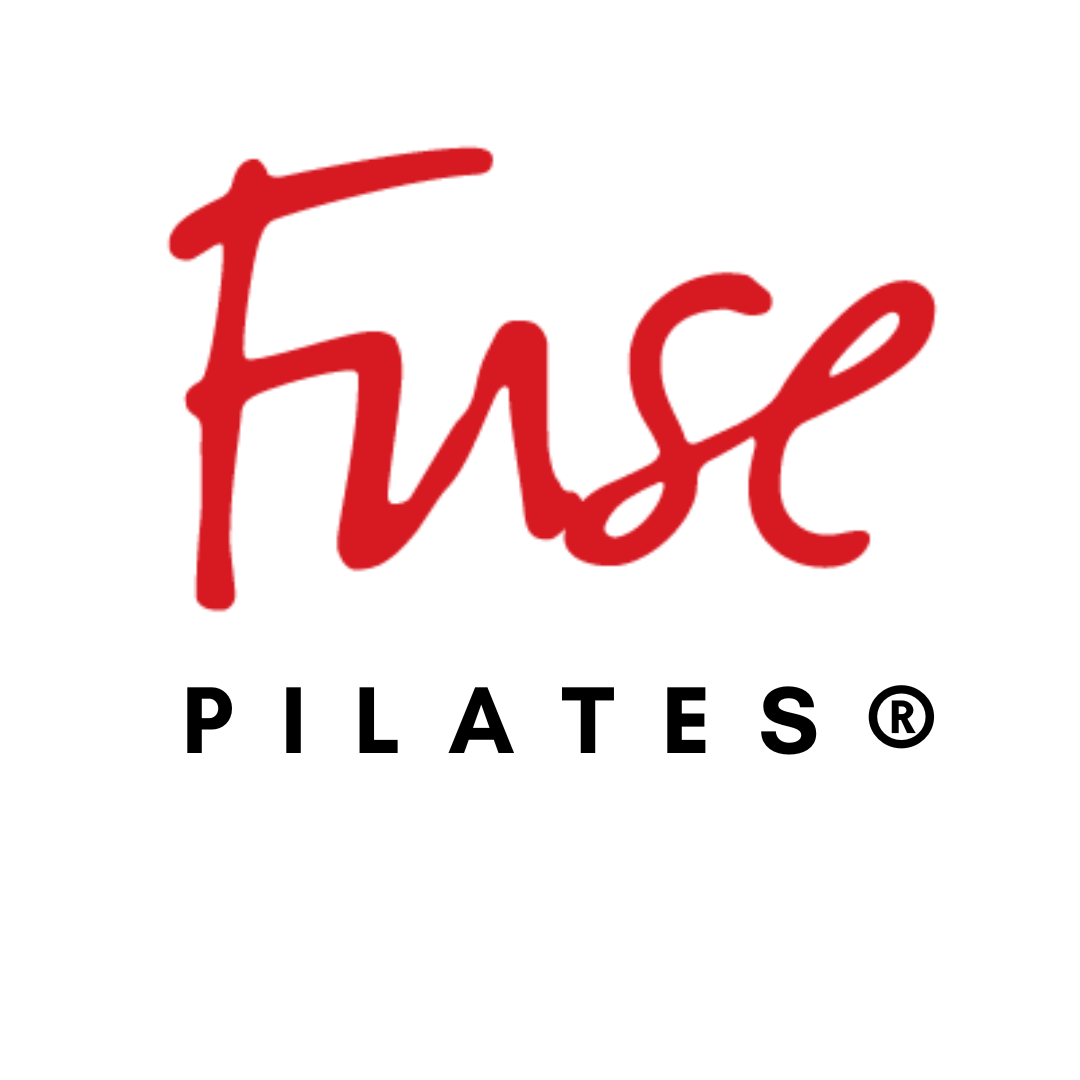Is Pilates Effective at Treating Lower Back Pain?
As a human, most of us will experience some type of back pain at one point or another during our life. For some of us, this pain might be due to an injury such as a car accident or a fall. For others, the pain might just come on for no apparent reason. One day you wake up with back pain, or you simply put the key into the car and feel that slight twinge which increases with intensity to a full-out “pain in the back”. For most of us, this back pain can be prevented and relieved with Pilates exercises.
First, it is important to note that 85% of low-back pain cases are non-specific. That is, we don’t know what is causing the low back pain. If we don't know a specific cause, we cannot provide a particular treatment. What we can do, is follow current exercise guidelines which encourage providing reassurance, and advice to stay active. In other words - optimism and exercise.
There is no magic cure exercise for low-back pain.
Let’s talk more about what we can do to help those with lower back pain. The springs on the pilates reformer engage and strengthen deep abdominal and core muscles, which have been proven to provide relief for those with LBP. Additionally, scholars have found that the core stabilization work performed in Mat Pilates specifically will reduce the stress on the lumbar spine thereby preventing future problems in the back and lower limbs (Kudchadkar). The work in Mat Pilates exercises specifically strengthens the transverse abdominous and the lumbar multifidus in this way.
The 11th of the American College of Sports Medicine’s Guidelines for Exercise Testing and Prescription published in April of 2021 states, “Exercises such as yoga, pilates, and core stability all have shown to be effective in interventions for {low-back pain}. However, the research is equally clear that no single intervention is superior to the other. Therefore, the choice of exercise should fundamentally be driven by client preference and practitioner expertise.”
And while we respect and appreciate the opinions of the top minds in modern sports medicine, we are slightly biased toward Pilates being the best answer.
Could A Pelvic Tilt Be Contributing To My Low-Back Pain?
As researched by Dr. Lee Herrington, “In clinical practice, the degree of pelvic tilt is commonly assessed because of its reported relationship to pelvic, spinal, and lower limb pathologies. There is little normative data presented within the literature establishing typical findings within an asymptomatic population from which to make comparisons in pathological populations (Herrington, Lee).”
In other words - a pelvic tilt, specifically an anterior tilt, is normal for people with no back pain. Therefore, scientists cannot reasonably say that a pelvic tilt contributes to lower back pain. It can, however, limit your range of motion for specific exercises which should be monitored.
Additionally, we have zero evidence that exercise can even change a pelvic tilt. Humans are fairly durable. If it was so easy enough to change a person's skeletal makeup with just a few exercises, we would have some serious problems with modern football players.
However, when it comes to lumbar lordosis and hyperlordosis (when the inward curve of the spine in your lower back is exaggerated) scholars have found that Mat Pilates specifically will reduce the stress on the lumbar spine thereby preventing future problems in the back and lower limbs (Kudchadkar).
In conclusion, current guideline-based care for LBP includes: providing reassurance, promoting physical activity, and general exercise.
Continued conclusion - see you in class!
